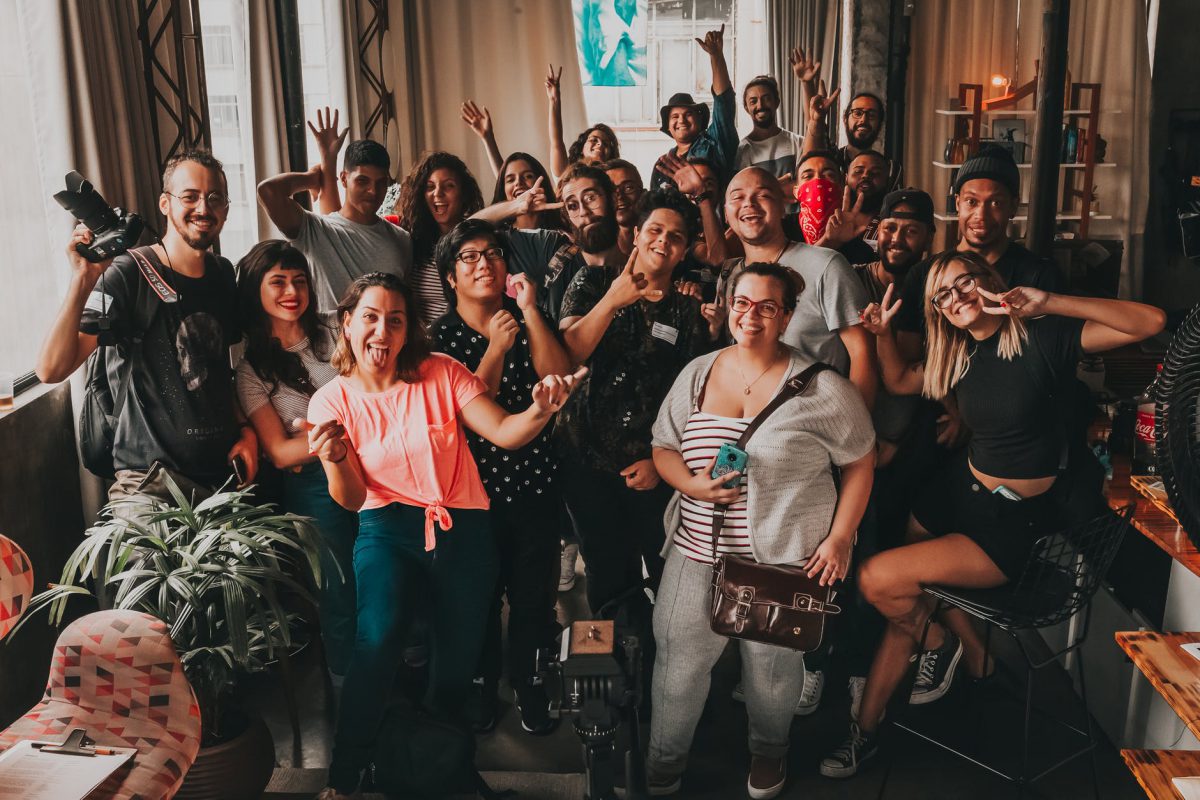We’re nearing a full year since the first stay-at-home orders were issued in the U.S., and it certainly hasn’t been an easy ride. Over the past year, employees have experienced grief, loss, disruption, hardship, illness, and more on an unimaginable scale. All of this has led to high degrees of burnout at every level of the organization. Employee burnout is a problem on a number of different fronts. First and foremost, it’s a human issue; burnout brings with it a multitude of negative mental and physical health consequences, and simply isn’t something you want to see people going through. On top of that, it’s also a business concern as burned out employees are less engaged, less productive, and less likely to stay with your organization.
As the challenges of 2020 continue to drag on into this new year, the risk of burnout is only increasing. Additionally, with many parts of the U.S. still trudging through the cold and darkness that winter typically brings, mental health concerns should be front of mind for both People teams and managers in general. Addressing burnout when employees are dealing with so many different challenges, and while most are still working from home in isolation can be difficult. In addition, many of those expected to devise strategies to combat employee burnout are suffering from it themselves. We understand how tough it is nowadays, so we’ve assembled some tips to help you help your employees counter the threat of burnout.
Why you should be paying attention to employee burnout
Employee burnout was already a problem prior to the pandemic. In 2019, Gallup found that nearly a quarter of employees felt burned out at work very often or always, while another 44% felt burned out sometimes. That means that fully two-thirds of the workforce felt burned out on the job at least some of the time even before COVID-19 came along and drastically changed the equation. According to that same study, employees in the first category of feeling burned out very often or always were 63% more likely to take a sick day, 23% more likely to visit the emergency room, and 2.6 times as likely to be actively looking for a different job. Clearly, burnout hurts in more ways than one.
Prior to the pandemic, employees who worked remotely were significantly less likely to report consistent feelings of burnout. Data from September 2019 shows that just 18% of full-time remote employees felt burned out at work very often or always, as compared to 30% of those who never worked from home. By September of 2020, that gap had closed, with 29% of fully remote employees reporting that they consistently feel burned out. Another study, also released in September of 2020, found that 58% of employees are burned out, as compared to 45% during the early days of the pandemic. Of those reporting burnout, 35% noted that it was attributable to COVID-19 and the accompanying circumstances, a significant jump from the 25% who said the same just a few months earlier. Nearly 50% of the burned out respondents attribute their struggles to their workload.
How to support employees to combat burnout in the workplace
Unfortunately, there is only so much that employers and managers can do to mitigate the broader situational issues at play that lead to employee burnout from the personal side. Increased household and caregiving responsibilities, ongoing anxiety, and simply the inability to get out of the house for very long are all factors that make it difficult for employees to stay balanced and productive during the workday. Ultimately though, there is also a lot that employers can do to better support employees through these challenging times. Here are some tips for those looking to reduce the risk and severity of employee burnout within their workforce:
- Empower managers. Train your managers to spot the signs of burnout, and entrust them with the tools and authority to do something about it. People teams cannot be in charge of closely monitoring every employee’s mental and emotional wellbeing at all times. Managers need to be the eyes on the ground to ensure their direct reports are positioned to succeed. When managers see cause for concern, they should have access to mental health resources to refer employees to, flexible time off policies, and user-friendly project management tools to reallocate responsibilities as needed to help the employee recover.
- Build in breaks. The Zoom fatigue is real, according to Stanford researchers, so it’s important to build in ways to counter it. Encourage fifty-minute meetings rather than full hours, to allow team members a few minutes to stretch their legs and get a drink or snack in between. Organize remote exercise sessions such as yoga or dancing, invite people to go on walking meetings when video isn’t required, and you can even go so far as to drop movement breaks onto people’s calendars if needed. The goal is to ensure that employees are doing something other than just sitting alone at their desks for hours on end every day.
- Manage expectations. Perhaps some employees have hit a point where they simply can’t produce as much as they used to in a day. That’s okay. If you ever want them to rebound to previous levels rather than simply leaving your company, you need to understand when enough is enough, even if it is less than what they would have completed in an office surrounded by colleagues. We’re obviously not suggesting that you numbly accept slacking off, but rather we’re encouraging understanding and compassion as opposed to demanding that everything be as it was when it is so painfully not. Make it okay for employees to admit they can’t handle something or can’t take on more without fear of reprisal or termination. They’ll come back stronger for it.
- Provide support. Right now, while the world seems to be against many of us, people need to know that their employers and colleagues have their back. Expand your benefits offerings if you can, be receptive to employee needs and requests, and last but certainly not least, ensure your team members have ample opportunities and channels to connect with each other. Whether through initiatives like employee resource groups, scheduled sessions such as virtual cooking classes or escape rooms, or simply providing digital spaces and tools for them to seek each other out, the importance of social connectivity with coworkers at this time cannot be overstated.
- Model taking time off. Sometimes, the only cure for burnout is to take some time off. Unfortunately, going away somewhere on vacation, the top burnout beater for those able to afford it, is pretty much off the table for the time being. In the absence of that bonus though, having a few days where employees don’t have to wake up and immediately log onto the computer next to their bed can provide a huge boost. Make sure your team members know they can take time off, and encourage them to do so as needed. Model this from the top to ensure you’re not putting up implied barriers where employees feel that they can’t take time off because no one else does. Also, just because they’ll be at home, don’t expect them to still be available on those days. Truly allow them to unplug for a bit, without mounting demands hanging over their heads.
Countering employee burnout should be a priority for every organization in 2021. Helping employees deal with and bounce back from burnout will do wonders for your bottom line, not to mention your employer brand, and will generally make for happier team members. We hope these tips will help as you consider how to best support your workforce, but if you could use some additional assistance in connecting employees and ensuring they have strong support systems to help them weather the rest of the pandemic and beyond, consider checking out Workrowd. Our platform is designed to increase transparency and connection for every employee, whether on-site or remote, and can help you ensure your workers understand the full breadth of programs that are available to them. Visit us at workrowd.com, or drop us a note at hello@workrowd.com to learn more.












